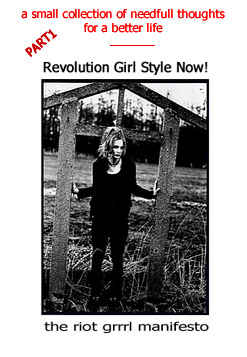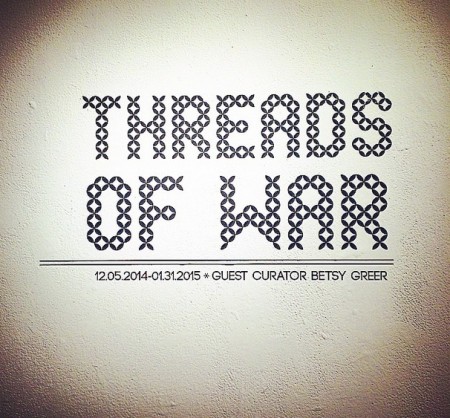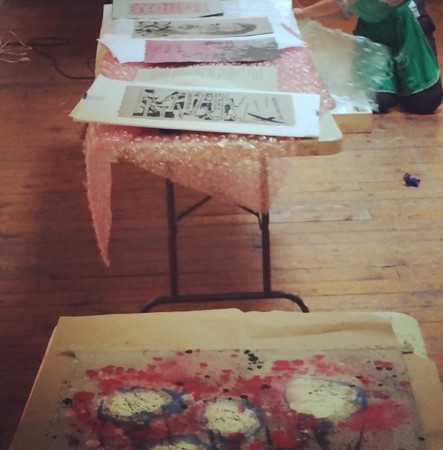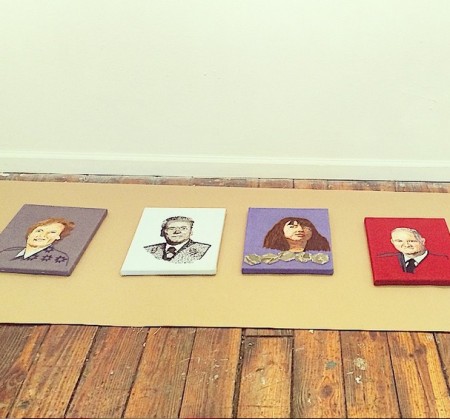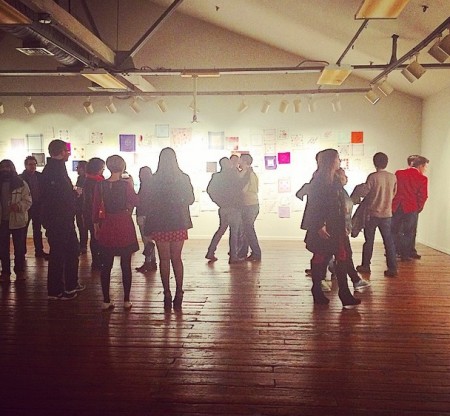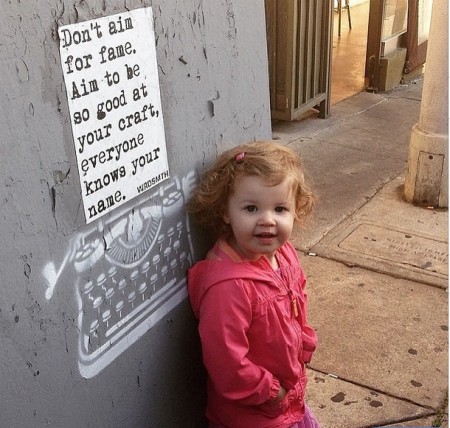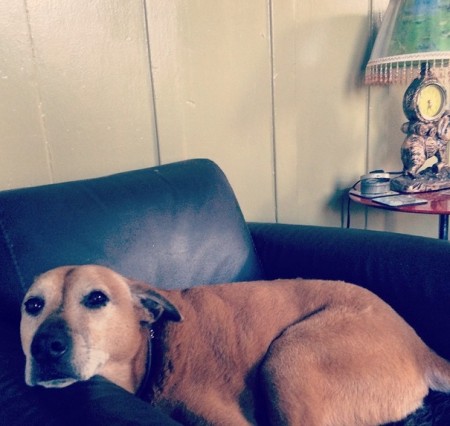The other week I spent $80 on yarn. True, it was to make an absolutely amazing vest called Goodale by Cecily Glowik MacDonald. (Go check it out here.) A vest that I saw a friend wearing and immediately asked who designed it. I am making it with Tangier by Cascade in Seascape. It is my jam.
However, I’m not exactly rolling in the dough seeing that I just started freelancing. More like skipping among the crumbs as I get the word out… But I bought it. I bought the damn yarn, the damn beautiful yarn. Given my strong support network, I will most likely never be in a situation where I have to choose between food and the electricity bill. And I am forever grateful to be in this position. As in humbled daily by it, because it allows me to sleep better at night as I have a solid place to call home.
But, still, I bought $80 yarn. It is pretty and soft and is doing that really cool stripey thing which non-knitters may think I engineered myself. (Yes!) And, I would expect that most of the people I know in the craft world could also buy $80 of yarn (more on that below). I also think that most of us will never have to make the decision between food and the electricity bill. Or at least not for our whole lives. By this standard, we are all privileged.
So what do we do with this privilege? Act like we don’t have it? Act like we’re a super diverse group of people and just ignore the fact that the majority of us are privileged?
1. First of all, given what the Industrial Revolution started, that we knit or otherwise craft for pleasure is an example of our privilege. Because those without are too busy working to put food on the table to monogram a pillow. (Yes, there are exceptions, but not everyone has an evening free for some crochet and a Netflix binge.)
What we can do about it: We can accept our privilege fully, and in doing so, we may start thinking about doing things for others who are less fortunate. By not trying to ignore it, we can make a difference by the fact that we’re admitting it to ourselves.
2. Secondly, that we have the income (or the credit card limit) that allows us to buy craft supplies at all makes us privileged. Not everyone has the extra money to spend on organic beets and nice yarn. To many, those things are luxuries, well, maybe not the beets so much.
What we can do about it: We can donate what we’re not using to worthy places, because there schools and shelters (along with other groups and organizations) out there where those supplies would be used and loved, instead of taking up space in your attic. Start with this Google search and reclaim your space by allowing your unused supplies to have a brand new adventure!
3. That we have the power to either ignore or kvetch about our privilege means we’re privileged. I know it may sound crazy, but dude, millions of people do not have internet access. And some of those people may live just down the street. In fact, check this out, according to Slate, “less than 40 percent of people worldwide have connected to the internet.” While the reality of this may be lost on your kids, it should be very clear to us adults.
What we can do about it: Stop complaining about our old laptop or shitty internet provider, expecting to get honest sympathy from real grown ups. Donate our old technology (that still works) to charitable organizations who really don’t care if it takes that YouTube video 30 extra seconds to open. Have a look here for where to donate if you don’t know where to start.
4. That we have the option to hoard all those craft supplies means that we’re privileged. It’s not just that we hoard them, but that we don’t have to always use what we bought right away.
What we can do about it: We can make sure that what we have, we use or donate (see above). We can make smarter decisions about what we buy and not just buy something because it’s a good deal. We can use the privilege to make better choices.
5. That we have so many options around us all the time makes us privileged. We’re not making things by hand because we have no other choice.
What we can do about it: We have a learning opportunity in front of us to see how clothes are made as we learn how to construct them. By seeing how much time goes into the process, we can start to question how that top with all the hand beading at Forever 21 is $10. Then, we can learn more about where our clothes are from and support brands that are paying their workers well and caring for their wellbeing when we do buy readymade clothes. We can educate others on the dangers of fast fashion by sharing how long it took to make that top. Opening this dialogue can really make for some interesting conversations.
This is just a short list of the many ways our community holds privilege.
And as crafters and creatives, I think it’s important to also be mindful of what we’re consuming while making things by hand. And therefore we should use the lessons that we learn from crafting and creating to help others become more aware of so very many things we take for granted. And there are ways to do so that aren’t annoying, just like in #5, talking to someone about how you made that scarf or skirt. Doing so creates dialogue, which can change minds, which can change behaviors.
ETA: I decided to write more about this issue; therefore, you can see Part 2 here and Part 3 here.
